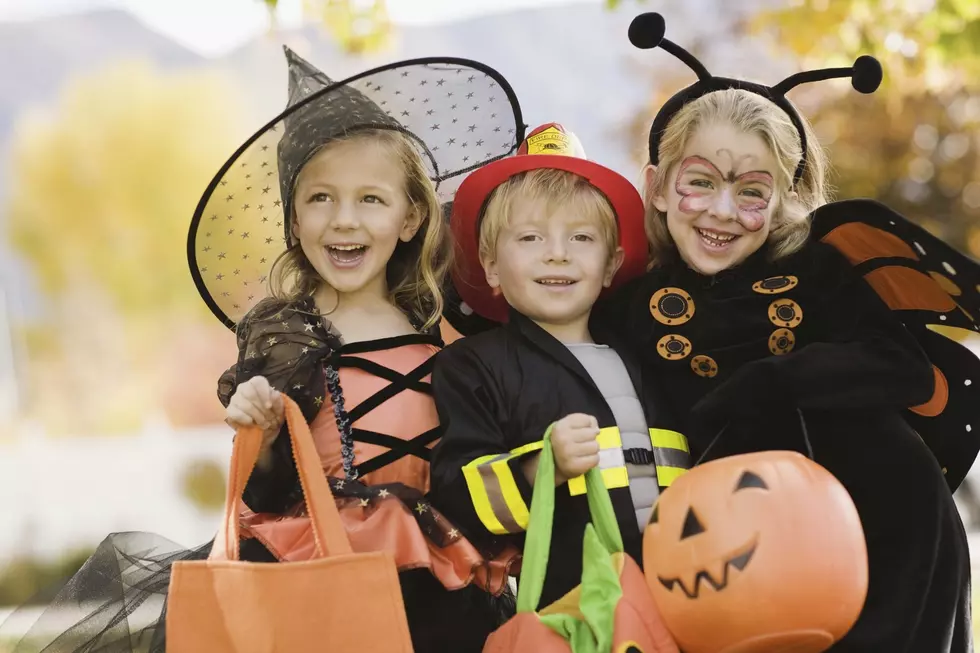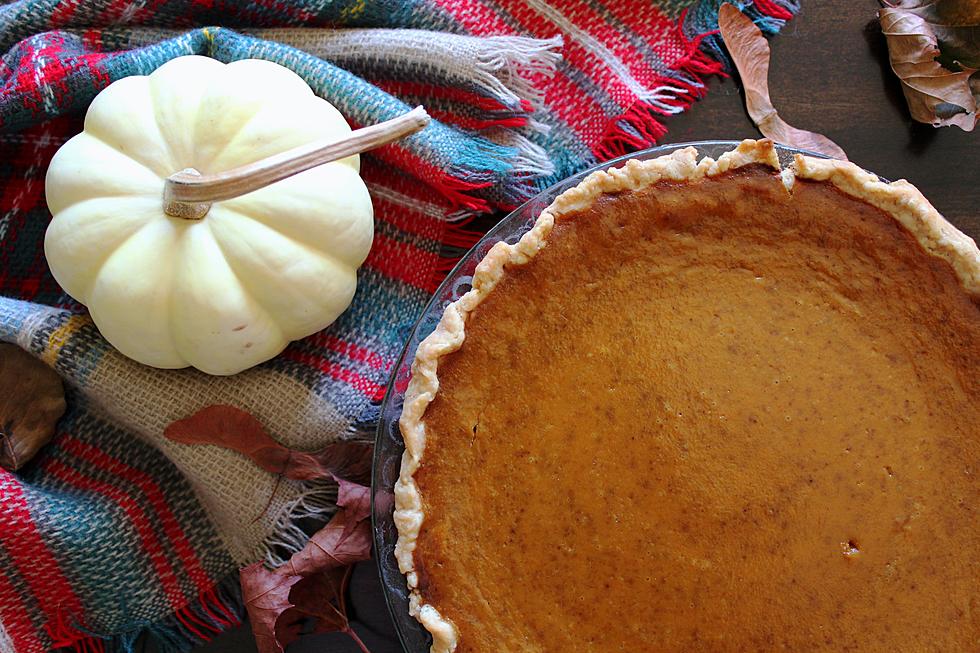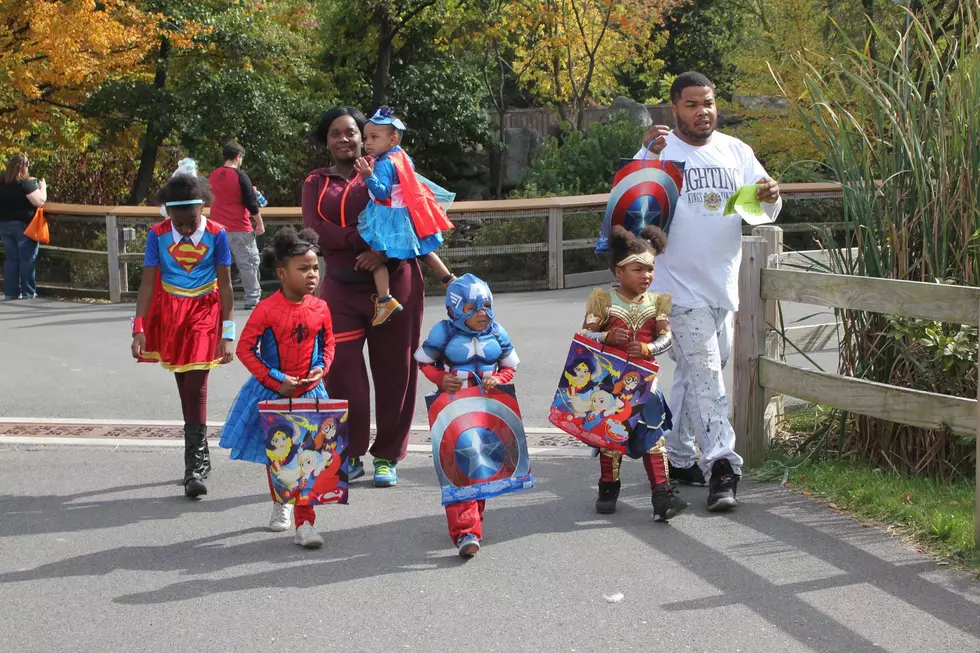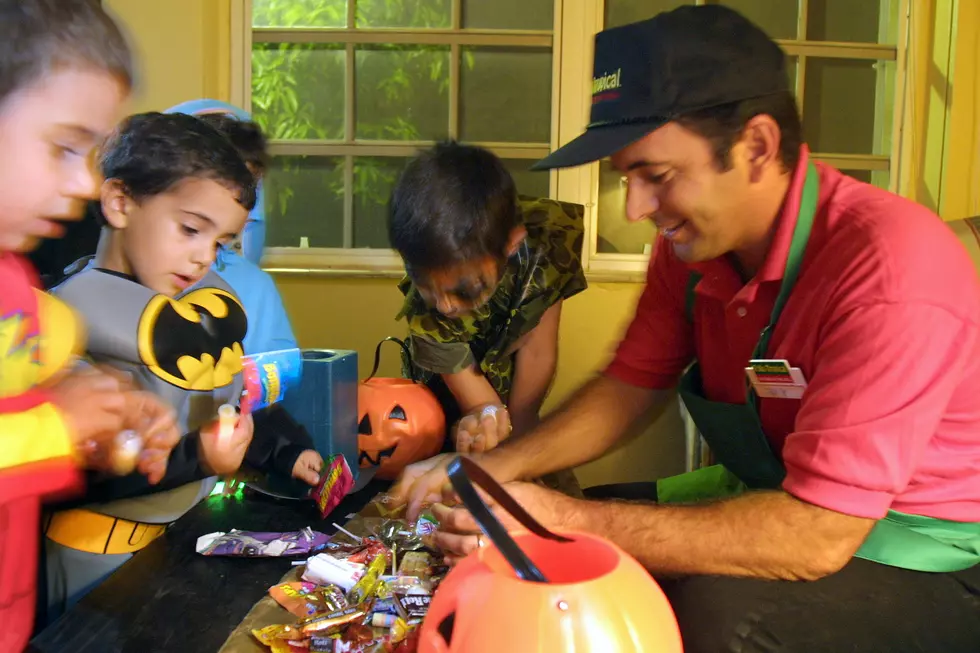
Do You Really Need to Worry About Poisoned Halloween Candy in CNY
It's just one more thing for parents to worry about: someone poisoning the kids' Halloween candy. Is this a real risk or more urban legend?
When my kids were little, I diligently looked over every single piece of Halloween candy, looking for signs of tampering. My kids weren't going to fall victim to some neighborhood looney poisoning a Snickers. Turns out, I never found anything dangerous. (Unless you count Sugar Babies, those things can yank out a tooth.)
So what's the deal?
It actually started with 'Dear Abby' of all people. Back in 1984, she published a Halloween-themed column titled “A Night of Treats, not Tricks.” In that column, she wanted to “remind [readers] that,” among other things, “[s]omebody’s child will become violently ill or die after eating poisoned candy or an apple containing a razor blade,” according to Smithsonian.com. Years later, her sister, Ann Landers, repeated a similar tale. The truth is, no child ever died from Halloween candy poisoned by a stranger.
Snopes.com compiled a huge range of cases where Halloween candy was blamed, but the truth later came out. The worst of these is a 1974 case where a father killed his own son by poisoning his Halloween Pixie Stix, after he had taken out a $40,000 life insurance policy on the child.
What about razor blades or needles in the candy?
This actually has happened. In 2000, in Minneapolis, a man put needles in candy bars he distributed. While one child was pricked by a needle, no one was seriously injured.
Snopes.com says, of the "eighty cases of sharp objects in food incidents since 1959, and almost all were hoaxes." In most cases, these were perpetrated by a child or their parent. In fact, in the case of a needle found in a candy bar in Hoosick Falls, NY, it turned out the child did it himself to "prank" his dad.
So what's the takeaway message?
Yes, check your kids' candy for tampering - but mostly so you can figure out which of your favorites you want to sneak when they're asleep. The odds are, it's safe.
More From Lite 98.7









